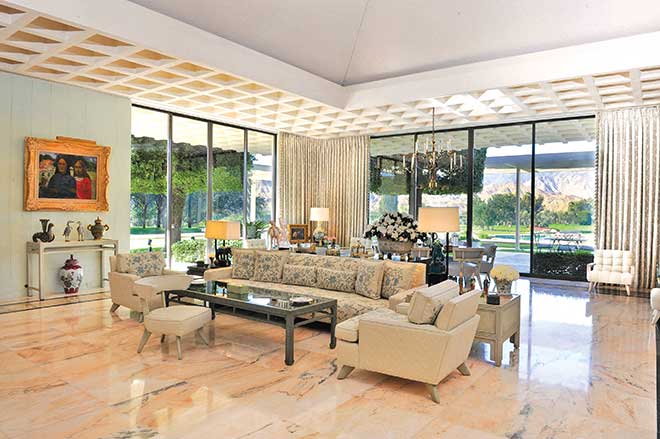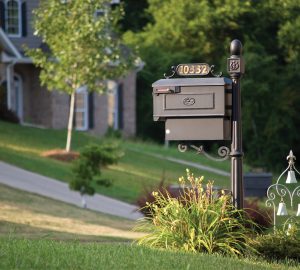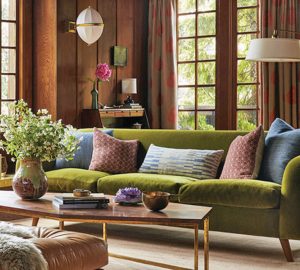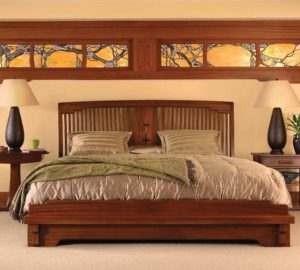inside look
On these rather dreary days of winter, I have been perusing my design library and came across a book on Sunnylands—now that caught my attention! The remarkable home of 25,000 square feet has been used for several purposes over the years, including as a presidential retreat, an appropriate place to host the Royal Family or somewhere to entertain popular celebrities. That is just what owners Walter (1908-2002) and Leonore (1918-2009) Annenberg intended for this Rancho Mirage, California, home they dubbed Sunnylands. The power couple built what is arguably one of the most significant contemporary homes of the 1960s.
Ambassador Annenberg was a powerful publisher, diplomat and philanthropist. He founded TV Guide, Seventeen magazine and other publications that he sold to Rupert Murdoch in 1988 for a reported $3 billion (that’s when a billion really meant something!). The sale of his publishing empire, combined with his already amassed wealth, certainly allowed him to make charitable contributions that would leave this world a little (or a lot) better than he found it. His credo, which we should all try to live by, was, “Education holds civilization together.”
His second marriage was to Leonore ‘Lee’ Cohn, the niece of motion picture magnate Harry Cohn. They hired A. Quincy Jones (1913-1979) in 1963 to be the architect of the home they occupied for the last five months of every year from 1966 until their deaths. Jones, a Kansas City, Missouri, native, was recognized for his urban planning and green belt design techniques.
Sunnylands is known for its pink roof (Mrs. Annenberg wanted it to blend with the sunsets), and the property includes guest quarters, three guest cottages, 11 man-made lakes and a 9-hole golf course. It housed a large portion of the Annenberg art collection (Picasso, Van Gogh, Wyeth, Monet) until it was moved to the Metropolitan Museum of Art. Fine copies of the originals hang in their place for visitors. This compound all hides behind a large pink wall and flora and fauna that offer security from the street.
The original interiors of the home were designed by famed movie star/interior designer Charles William ‘Billy’ Haines (1900-1973) and Ted Garber (1920-2000). Garber went on to design for President and Mrs. Reagan in California and at the White House. These two gentlemen had a sleek contemporary approach to furniture design that complemented the traditional art and desert views.
The Annenbergs hosted seven U.S. presidents in their home, as well as royalty and diplomats from many nations and all political backgrounds. They truly wanted it to be a place for summit meetings and retreats.
In 2009, Mrs. Annenberg secured 15 adjoining acres to build a 17,000-square-foot visitors’ center that serves as the starting point for tours. sunnylands.org
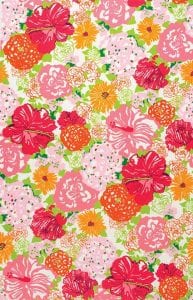
what’s in a name: sunbrella
Sunbrella fabrics have come a long way in the 34 years I have been doing interior design. In their infancy, the durable ‘outdoor fabrics’ were stiff, produced in limited and unsightly (downright ugly) colors and patterns, and were so pricey they were a hard sell.
Today, the industry has caught up with the needs of the consumer and offers fabrics not only under the Sunbrella name, but also from other companies. The feel of the fabrics is so ‘normal,’ for lack of a better word, that it is difficult at times for the seasoned professional or typical consumer to know that they in fact are stain-, mildew- and fade-resistant. My favorite selling point is: “You can clean it with bleach!”
In today’s society, where most families have given up the idea of formal spaces in their homes and children are free to run wild, these tough, stain-resistant fabrics are a godsend. Now it is possible to have both beauty and function. Today’s Sunbrella fabric choices resemble linen, cotton, velvet, wool and any other fabric category you can imagine.
trade secrets: hiring an interior professional
I use the word ‘professional,’ as there are several titles that people in the design industry can use: designer, decorator, taste maker, decorette. There is no one title for a designer, no single path for mastering the trade, and no standard way a design professional is reimbursed. It can be by the hour, built into the purchase of retail decor items, by the project, etc.
So what should you consider before hiring? That depends on your design needs and budget. If all you want is help moving your own items around for a fresh look or advice on paint colors, that’s relatively simple and inexpensive.
But if you’re loo king for someone who can help with upholstery and drapery services, new custom furniture or lighting, a seasoned professional is your best choice. At this level, a designer is probably also qualified to help with small or large construction projects.
king for someone who can help with upholstery and drapery services, new custom furniture or lighting, a seasoned professional is your best choice. At this level, a designer is probably also qualified to help with small or large construction projects.
Pay attention to credentials, which indicate various levels of knowledge. If a designer has the initials ASID behind his or her name, it means they have completed further study in the field. Mind you, that doesn’t have anything to do with talent.
If a designer is licensed, it means primarily two things: he or she can officially call themselves an interior designer and they can make structural suggestions. By law, if they are not licensed, they shouldn’t do either (however, few abide by this rule).
In my opinion, designer fit boils down to three things: a good personality match between the client and designer; a budget agreement; and similar design approaches. If the design professional and client don’t see eye to eye, there will be friction until the end. If a client can’t effectively communicate budget restraints (everyone has them) or the designer cannot or will not work within them, failure will be the end result. The most important question: what is the designer’s esthetic? Do they have ‘a look’? Do you want that look? If the answer is yes, you’ve found your person.
If you want your own look, make sure the designer understands that, too.
As I have always said, “We are not saving lives, we are slapping chintz on windows.” The design process should be fun and educational for the client, so find someone who can create that experience for you.
Photo courtesy of Sunnylands





